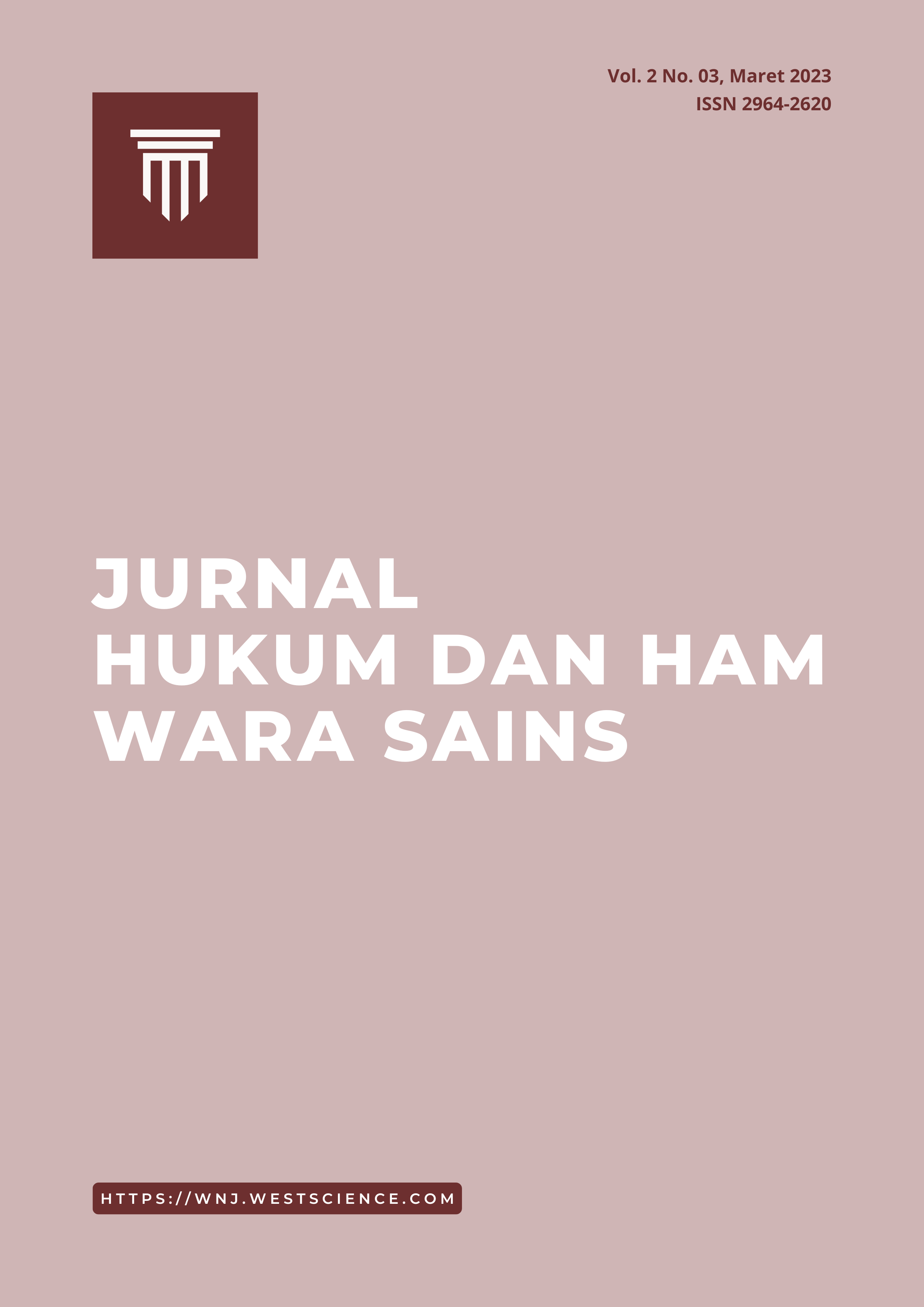Childfree is a form of desecration of the purpose of Marriage
DOI:
https://doi.org/10.58812/jhhws.v2i03.247Kata Kunci:
Childfree, Marriage, Family and create offspringAbstrak
Childfree" refers to a person's decision not to have children and to live without parental responsibilities. This concept is becoming increasingly common today, especially in developed countries where women are increasingly working and have opportunities to pursue their careers and personal interests. However, the decision to live "calmly childfree" is often considered controversial and can tarnish the purpose of Marriage. This study used a qualitative and desk study approach using secondary data from books, literature proceedings & journals, which were analyzed through a descriptive system. The results of this study show that the childfree phenomenon is the choice of a couple who decides not to have children, either for personal reasons or for environmental considerations. Couples who choose to live child-free usually have carefully considered their decision regarding finances, health, and their life goals. This contradicts Law no. 1 of 1974 concerning Marriage as the legal basis for regulating marriage procedures in Indonesia. The law emphasizes that the primary purpose of Marriage is to form a family and create offspring.



















 Instagram
Instagram 